Photofacial FAQ
How does a Photofacial or Photorejuvenation work?
What areas can be treated with Photorejuvenation?
What happens during a Photofacial or Photorejuvenation Treatment?
Are there any common side effects from a Photofacial or Photorejuvenation?
Does a Photofacial or Photorejuvenation Treatment hurt?
How long do Photofacial or Photorejuvenation results last?
Will a Photofacial or Photorejuvenation affect areas with artificial make-up, tattoos or darkened moles?
What do I do before a Photofacial or Photorejuvenation Treatment?
What do I do after a a Photofacial or Photorejuvenation Treatment?
If you don’t see the answer to a question you have, do not hesitate to call or message us for answers.
How does a Photofacial or Photorejuvenation work?
A Photofacial or Photo Rejuvenation uses light energy to gently heat up the upper layers of your skin. The heat absorbed by the targeted areas will stimulate the skin cells. Pigmented lesions are treated by selective destruction of melanin or melanocytes with short high intensity light pulses. The Broadband Light is used to reduce flushing, telangiectasia, redness, dyspigmentation and improve skin tone. The BBL has an integrated thermo-electric cooled sapphire plate that keeps the procedure area safe and cool. BBL technology means more efficiency, longer lifetime and greater control. BBL has the widest single pulse width range in the industry and can also deliver double or triple pulses for advanced protocols. Your skin’s youthful appearance will be restored after this innovative and safe procedure.
What areas can be treated with Photorejuvenation?
Any area of your body can be treated though the most common ones are face, neck, hands, chest and shoulders all of which are typically the most exposed to the damaging effects of the sun.
What happens during a Photofacial or Photorejuvenation Treatment?
This minimally invasive and gentle procedure can be performed over a thirty minute appointment with virtually no down-time. Your eyes will be protected with safety shields or glasses. Your procedure may take anywhere from 15 minutes up to one hour depending on the size of the area to be treated and the type and depth of the procedure performed. During your consultation with our In-House Physician it will be decided how long you should actually plan to be at NEOS Med Spa for your entire appointment.
Are there any common side effects from a Photofacial or Photorejuvenation?
Scarring, irritation resembling hives and pigmentary changes may occur following any intense light procedure. Facial hair must be protected during the procedure to prevent the possibility of hair loss. Complications, though rare, can occur and will be discussed with NEOS Med Spa’s In-House Physician prior to your procedure. Failure to comply with post-procedure instructions may increase the probability of complications.
Does a Photofacial or Photorejuvenation Treatment hurt?
The procedure is gentle and non-invasive. There should be minimal or no discomfort. You may feel a warming of the skin, or a rubber band snap like sensation, as the procedure is performed. The BBL light pulse is often described as a wave of heat with the sensation of a pinprick. This varies from patient to patient and depends on the depth of the procedure. At NEOS Med Spa we use a device called a Zimmer to cool the skin and to minimize any discomfort that might exist; a topical anesthesia may also be used. Though not often used, cold compresses can provide some comfort after the procedure.
How long do Photofacial or Photorejuvenation results last?
Depending upon current skin conditions and the patient’s desired effect, 2 to 5 procedures in 2 to 4 week intervals will be needed.
Will a Photofacial or Photorejuvenation affect areas with artificial make-up, tattoos or darkened moles?
Areas tattooed with designs or artificial make-up will be avoided during the procedure. They create an additional and unwanted target for deposition of heat. Red or white pigment can oxidize and turn black from unwanted exposure to high intensity light. If those areas must be treated, a test spot will be closely monitored for two to four days prior to the procedure.
What do I do before a Photofacial or Photorejuvenation Treatment?
Three weeks prior to your Photofacial or Photorejuvenation treatment avoid sun and tanning bed exposure to the area to be treated.
If you have previously suffered from facial cold sores, there is a risk that this procedure could contribute to another recurrence. Ask us about medications that may minimize a recurrence.
Do not use any AHA’s, Retin A or Renova in the procedure area for one week prior to procedure(s).
If taking Accutane orally, you must stop taking it one year prior to any procedures.
What do I do after a Photofacial or Photorejuvenation Treatment?
Since results vary depending on patient condition, number of procedures and area treated, NEOS Med Spa’s In-House Physician will provide you with complete information about the post procedure effects and results.
Typically you may experience some redness that will resolve within a few hours. For some pigmented lesions you will see a darkening of the treated areas followed by fading and flaking off at a later stage.
Sun exposure to the procedure area should be avoided at least two to three weeks prior to the procedure.
At NEOS Med Spa we suggest you use a broad spectrum (UVA/UVB) sun block with an SPF of at least 30 applied 15 minutes prior to any casual sun exposure. Prolonged sun exposure requires repeated applications of sun block every two hours (e.g. yard work, beach activities, etc).
Do not pick at the treated area as this may cause scarring.
Photofacial Success Stories
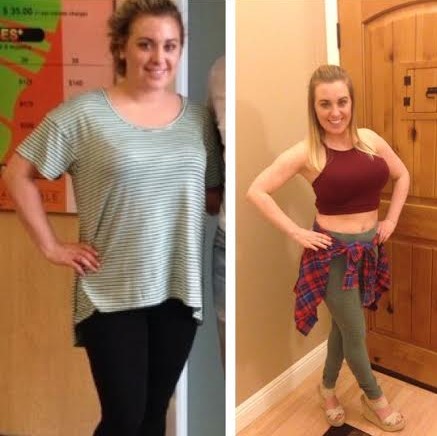
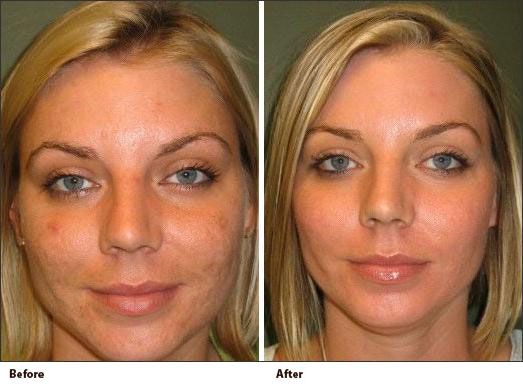
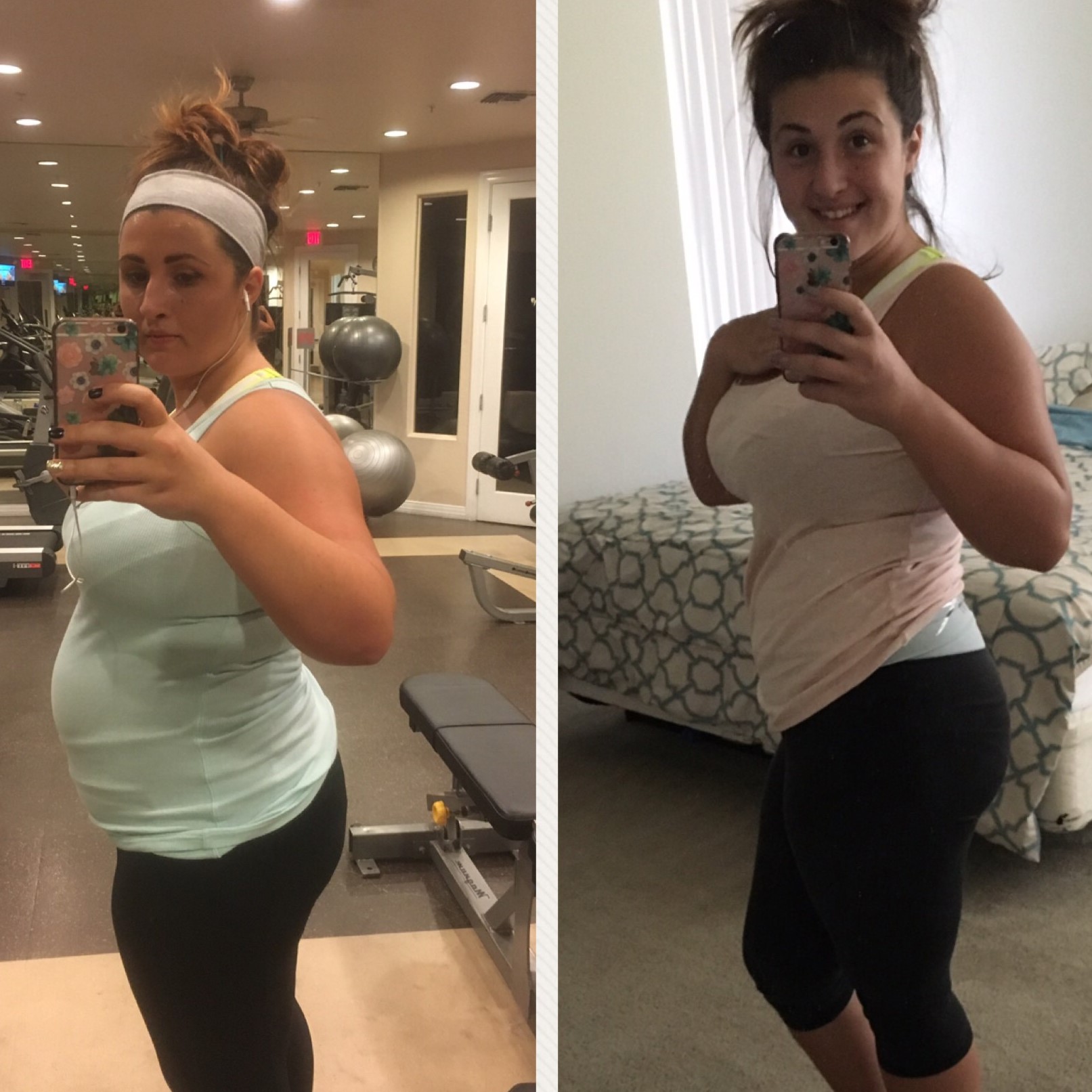
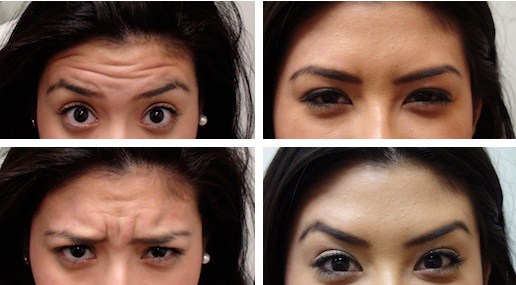
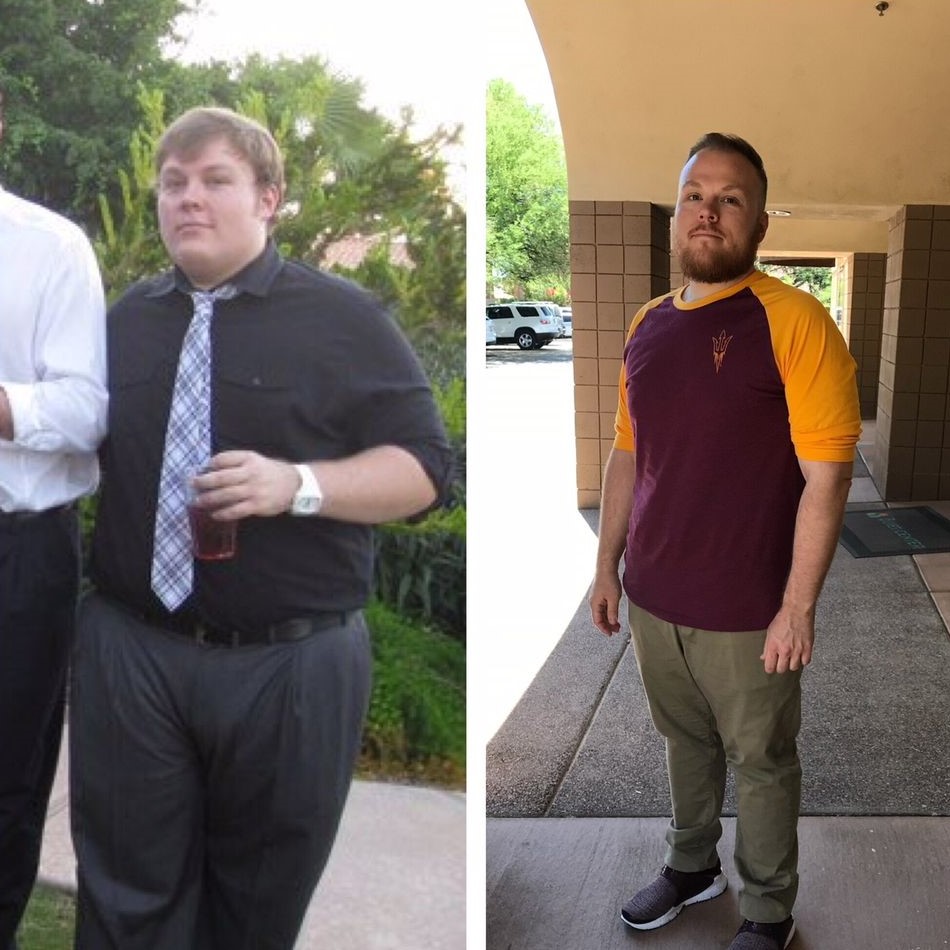
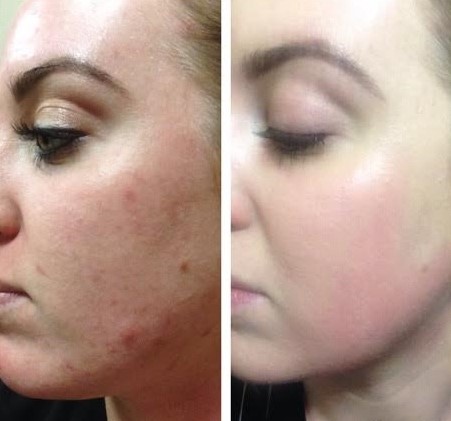
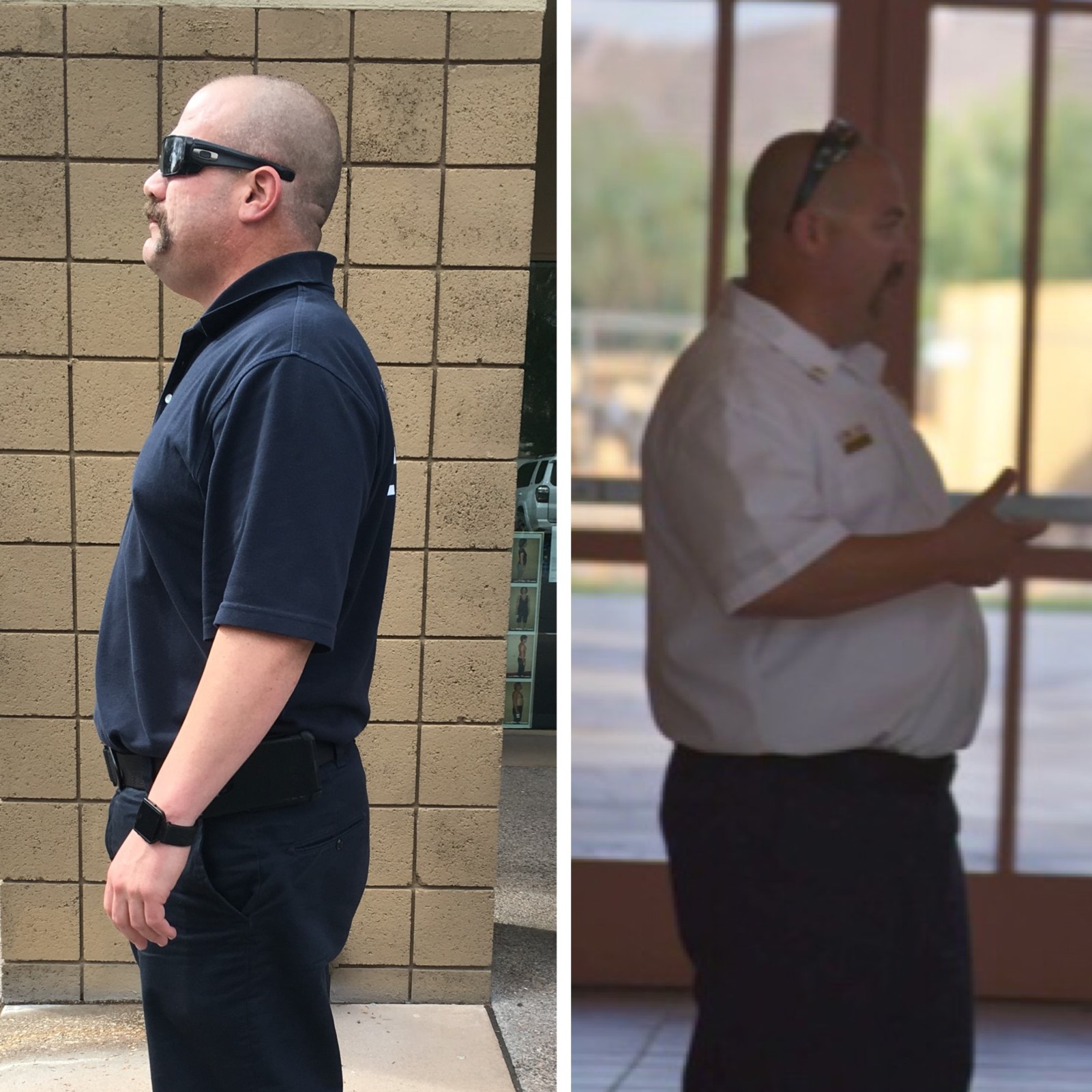
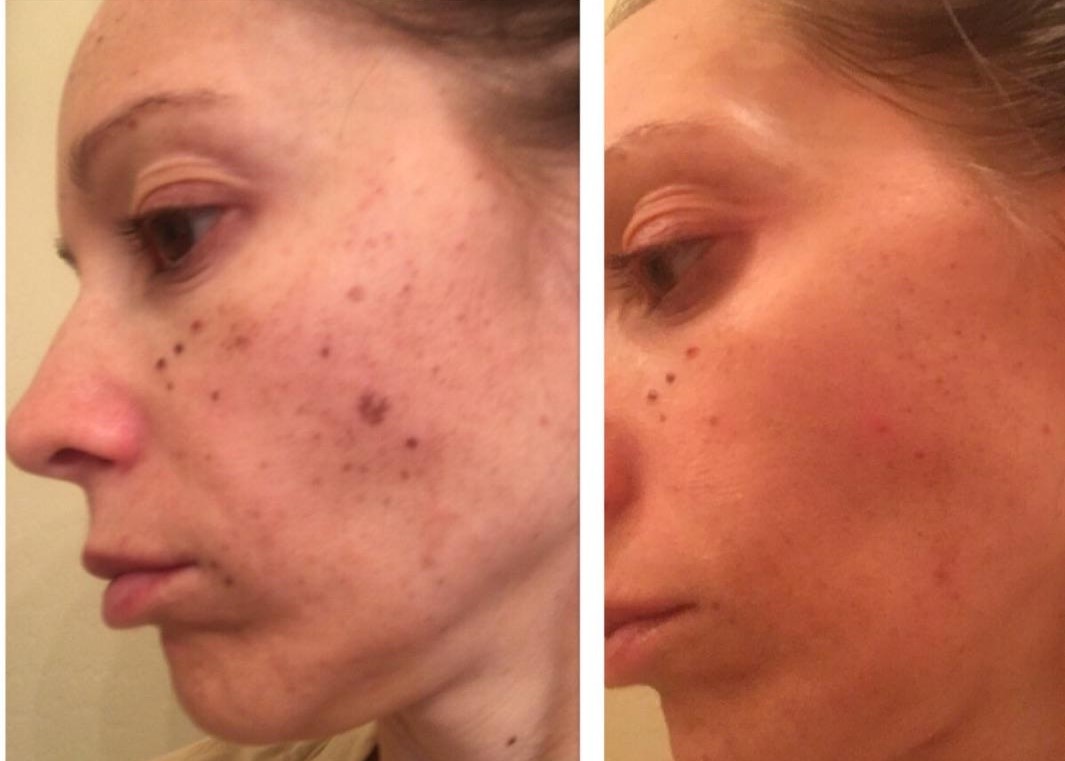
LOSE UP TO 30 POUNDS IN 30 DAYS!
New Clients get 25% off your first HCG Weight Loss program.
At NEOS Med Spa, we are committed to ensuring that you receive the safest and most gracious treatment with the best possible results.
